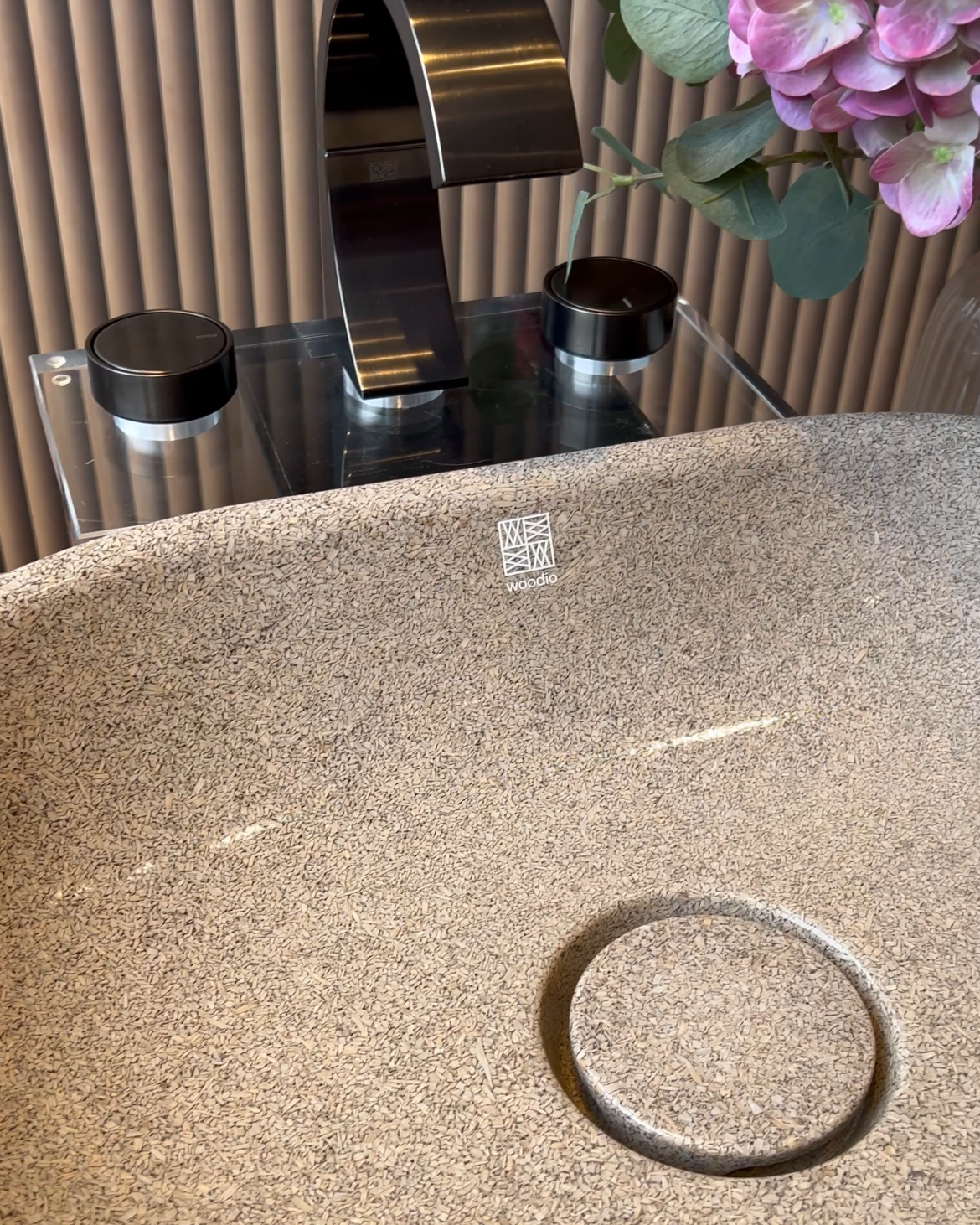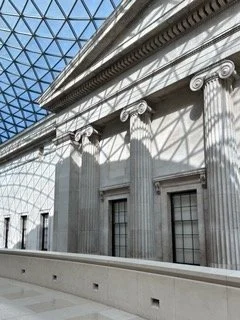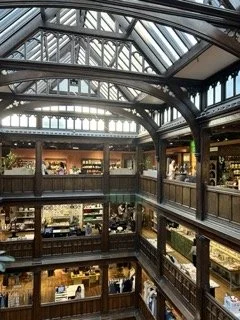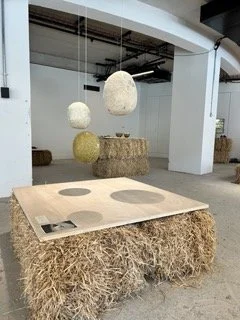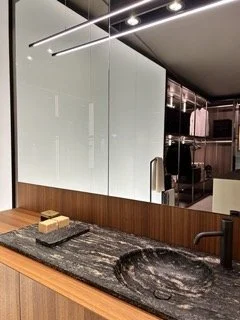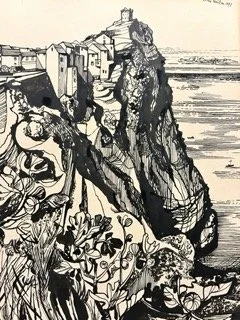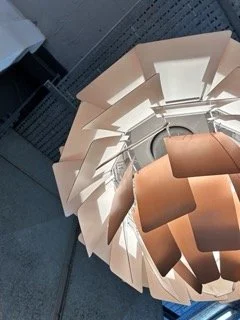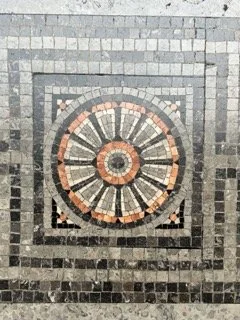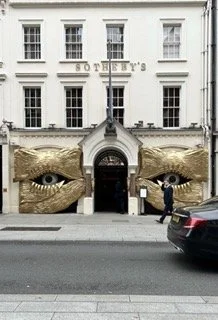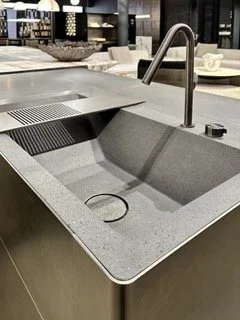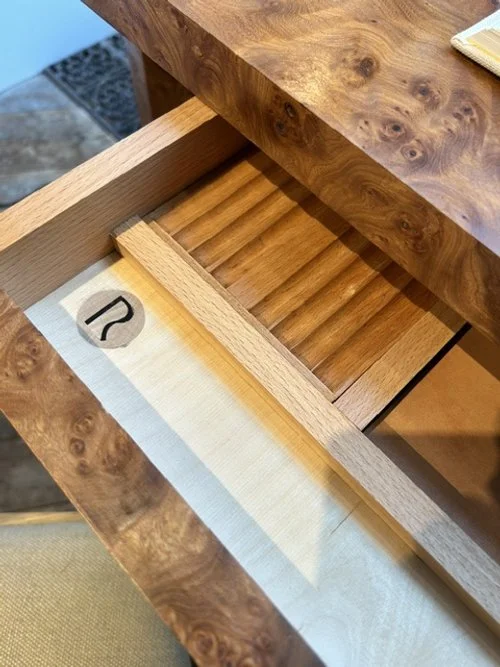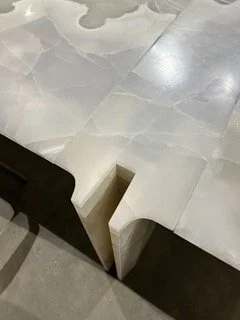Every September, London becomes a playground for design lovers. For one week, showrooms, galleries, and tucked-away spaces buzz with exhibitions, talks, and installations–all celebrating the power of design. This year, I was able to attend four days of the festival. I packed my notebook (and extra shoes) to bring back fresh ideas, meaningful conversations, and a deeper look at what’s shaping furniture and interiors globally.
The festival opened with a focus on heritage. At the Living with Legacy event, Christopher Farr rugs are more than textiles; they are vibrant, tactile works of art. This firm brings contemporary artists and designers together with centuries-old weaving traditions from around the world and protects and preserves those traditions.
At Form Interiors, we live by the principle that Personality is in the Details. It’s the hinge you don’t notice until you open the cabinet, the texture under your hand, the way natural light plays across a surface. These are the elements that transform a home from simply beautiful to deeply personal.
And Rose Uniacke understood the assignment. Known as a designer and gallerist, her practice spans everything from restoring historic buildings to producing furniture, fabrics, and even paint. What impressed me most was how seamlessly she bridges eras and disciplines: antiques sit beside contemporary edition pieces; velvets and felts are developed with small mills; outdoor fabrics are made from recycled bottles. Her work is a reminder that longevity and beauty are inseparable when design is created with care.
Equally striking was Woodio, a Finnish brand pushing the boundaries of sustainable materials. Their water-resistant wood composite is a direct challenge to the environmental impact of traditional ceramic bathroom fixtures. What began as a playful experiment, “What if we made bathroom tiles from wood?” has evolved into an international company known for its eco-design. Seeing their basins and surfaces in person, it was hard not to be impressed by the technicality and the vision: replacing high-carbon products with low-impact innovations, without sacrificing function or elegance.
One of my favourite mornings was spent over brunch in Marylebone with Kasper Holst Pedersen, president of PP Møbler. He shared stories of his grandfather’s collaborations with Hans Wegner, and suddenly the “classics”, such as the Circle chair and Papa Bear chair, took on a new depth.
The Final Chair, for example, isn’t stained black. Its deep hue comes from a natural reaction between iron and vinegar with the wood itself. And its name? It was Wegner’s last round-back design for PP Møbler after four decades of partnership. That combination of craft, chemistry, and legacy is exactly what makes a piece timeless.
Later that day, I visited Henge, an Italian firm known for pushing materials to their limits. Their pieces have bold personalities, made possible only by artisans who understand their craft at the deepest level. It was a powerful reminder that true distinction in design doesn’t come from trend, but from mastery.
The theme of material innovation carried through the rest of the festival. One of the many highlights was seeing a Canadian designer’s work, Mie Kim, whose sculptural work integrates organic materials like wild clay and tree ash harvested from local landscapes. Her practice reconnects objects to their origins, asking us to reconsider the distance between nature, society, and the things we live with every day.
Overall, the four days in London left me with sore feet, a full camera roll, and a notebook overflowing with ideas. But more than that, it reaffirmed something essential: design is never just about aesthetics. It’s about legacy, connection, and reinvention.
These are what we carry back into the studio. They’re what guide us in ensuring every project we take on isn’t only beautiful, but deeply considered; part of a larger conversation about where design has been, and where it’s going.


